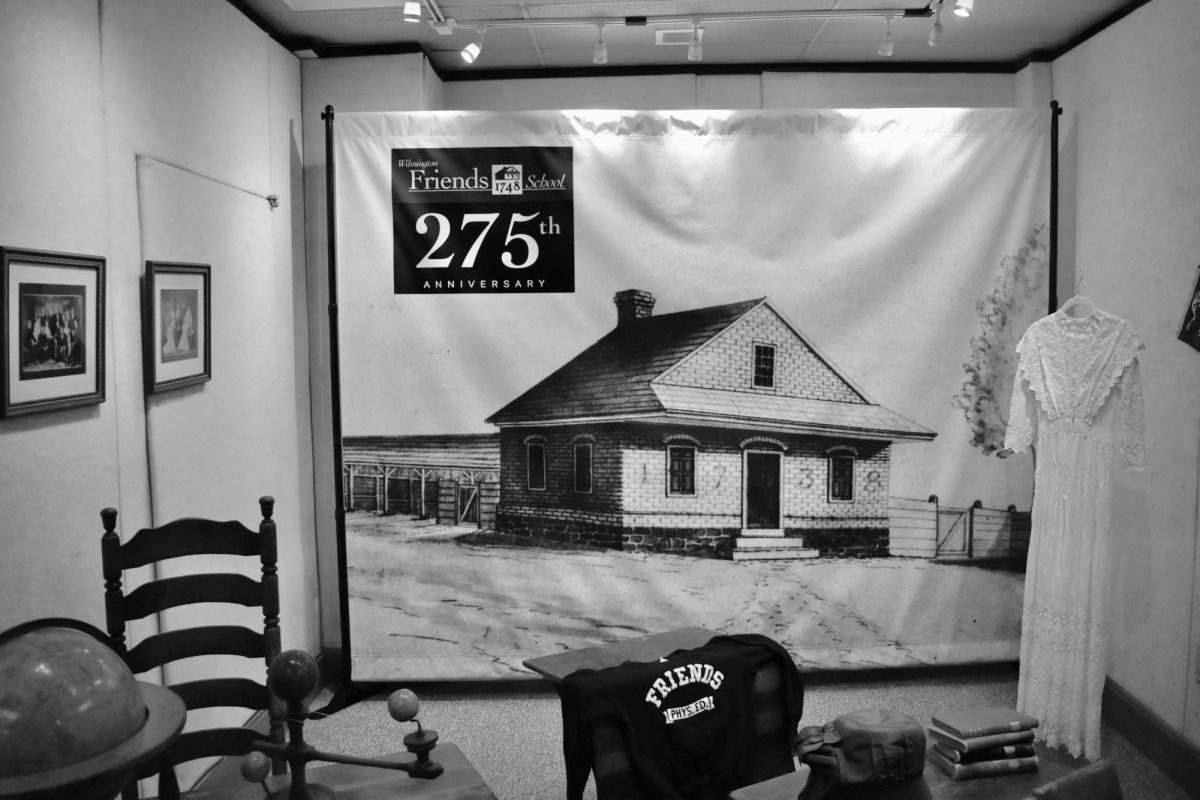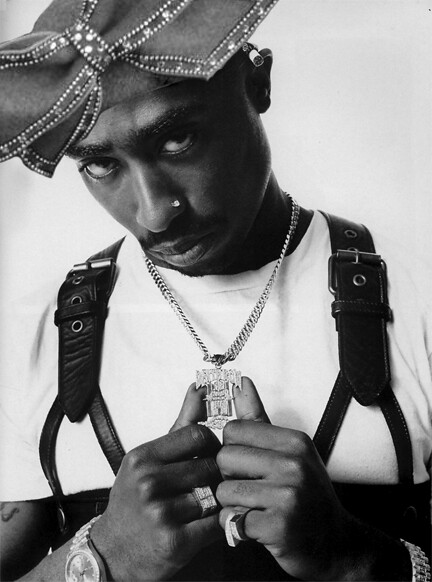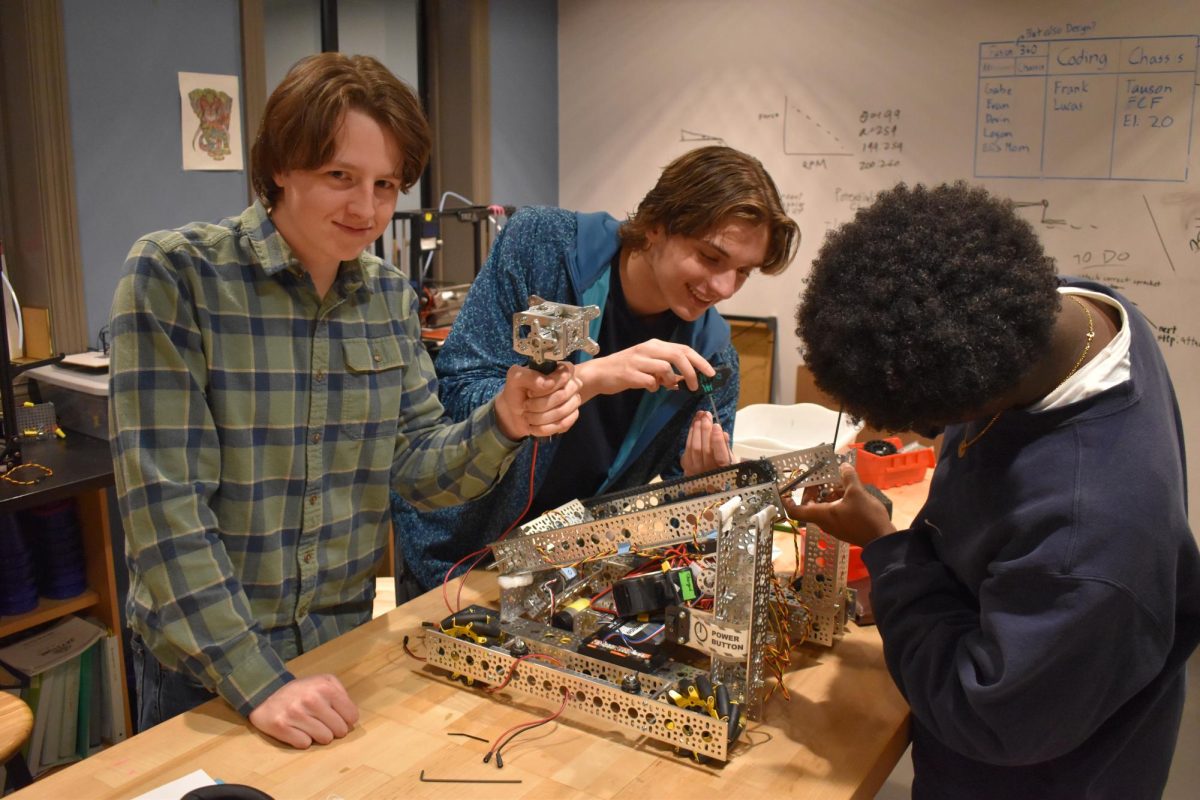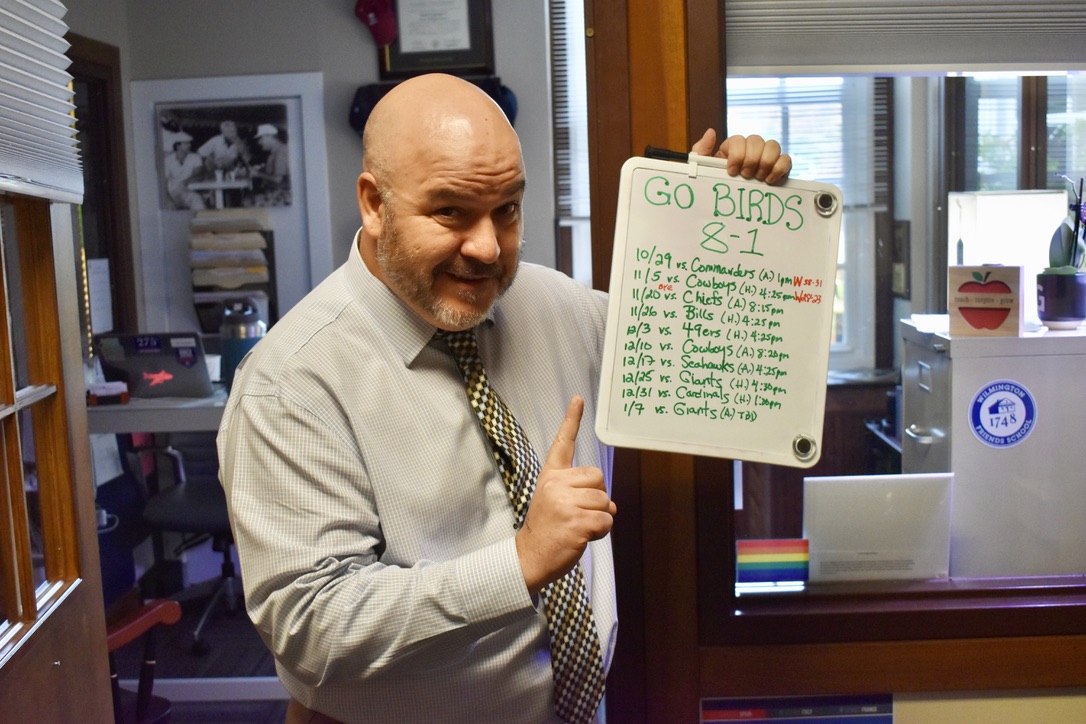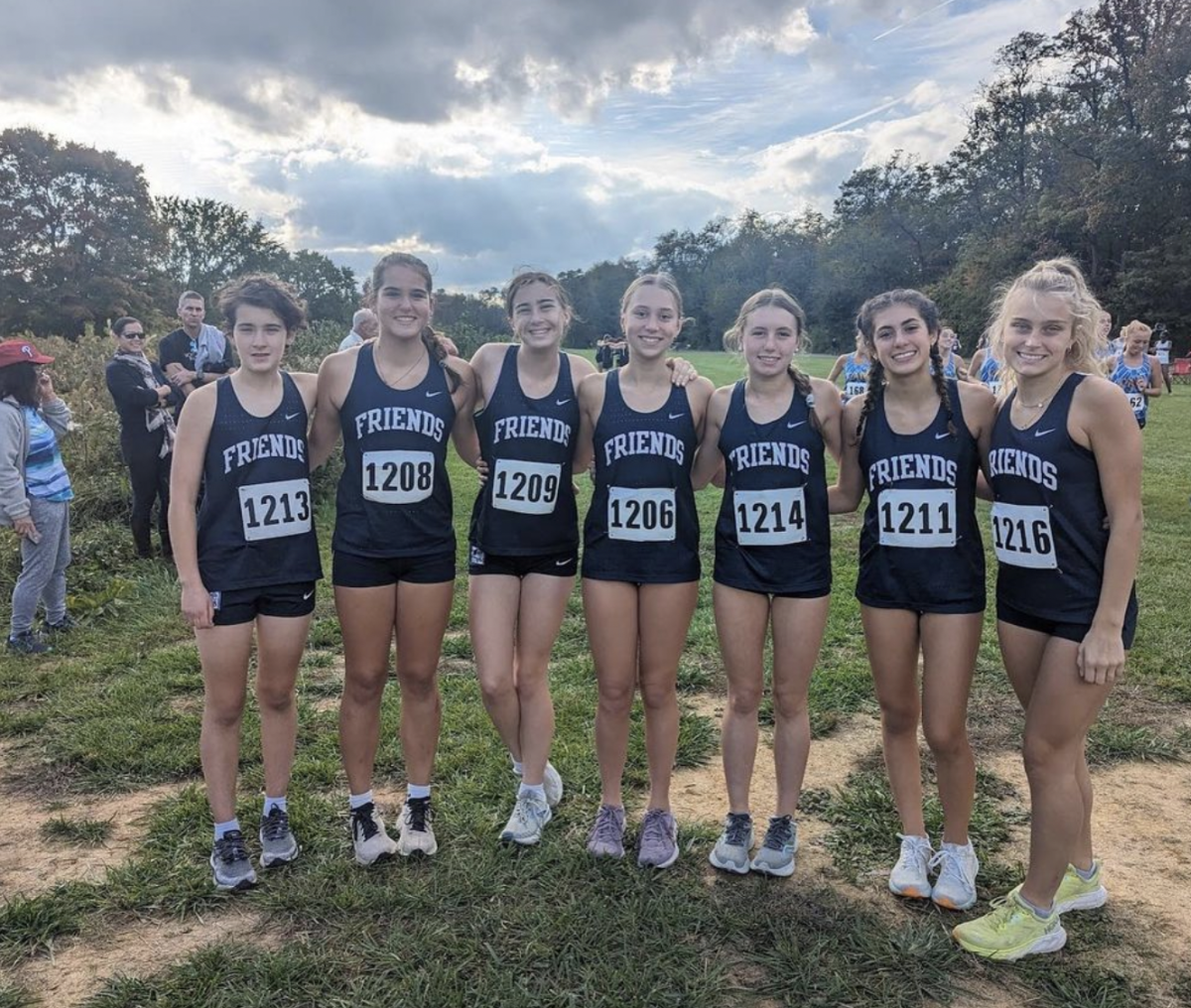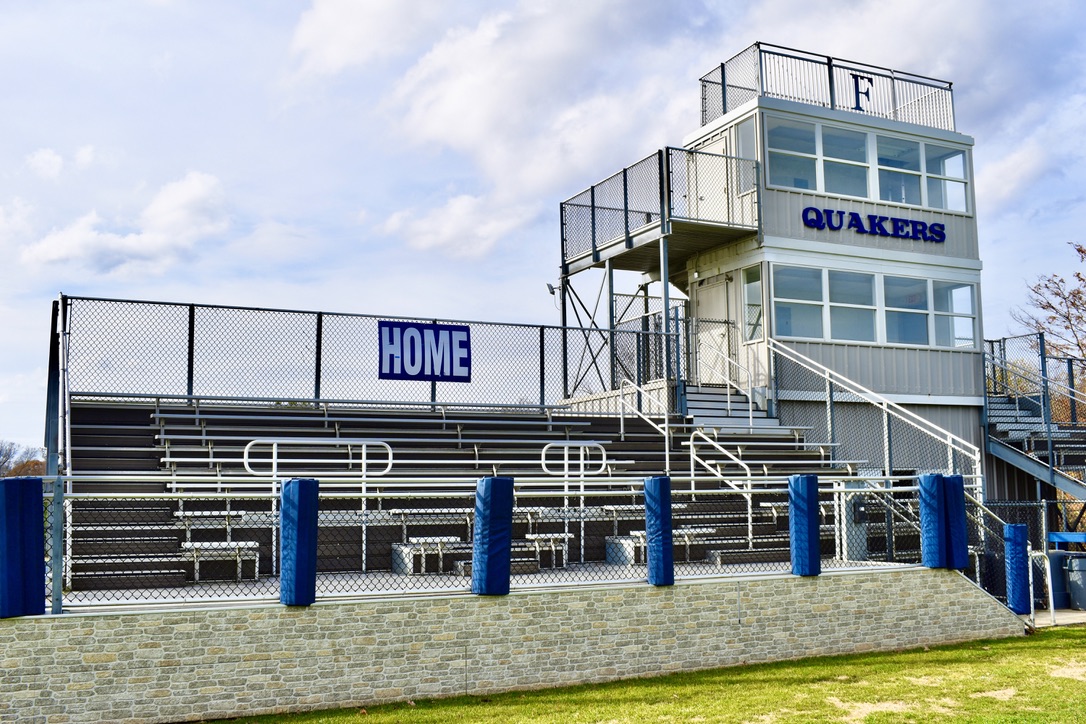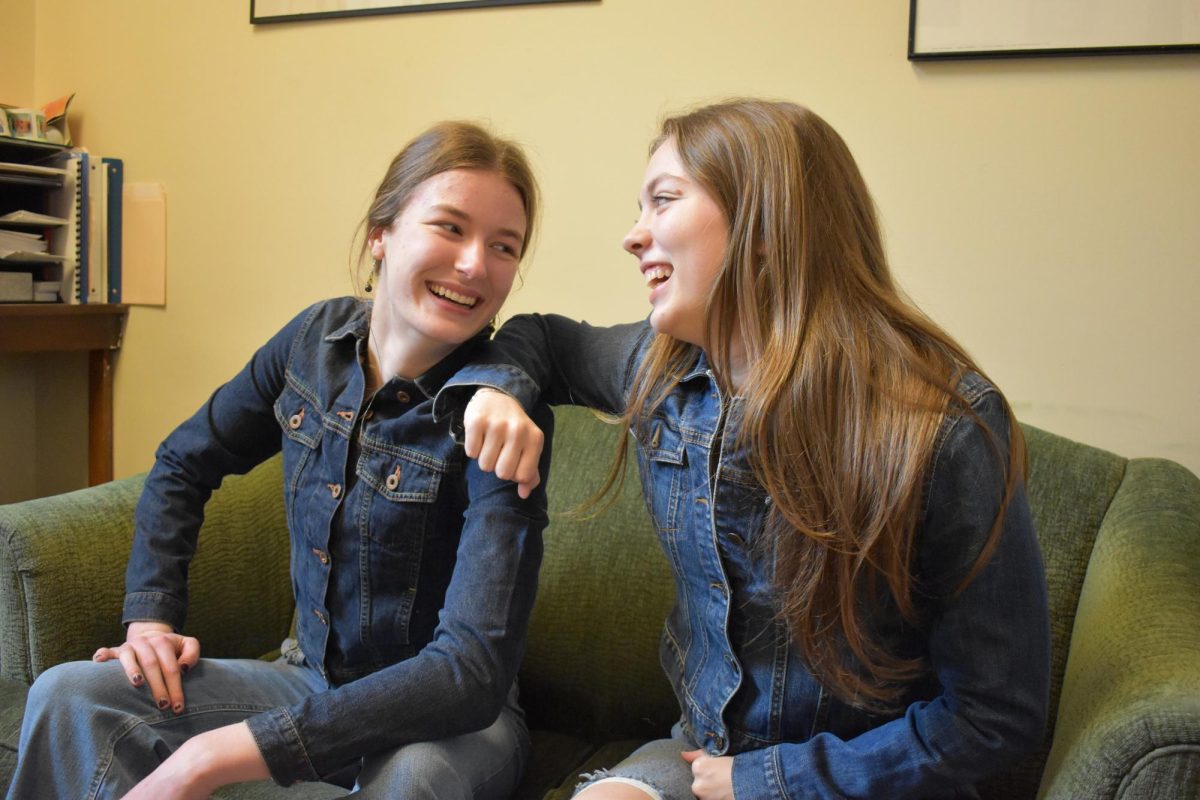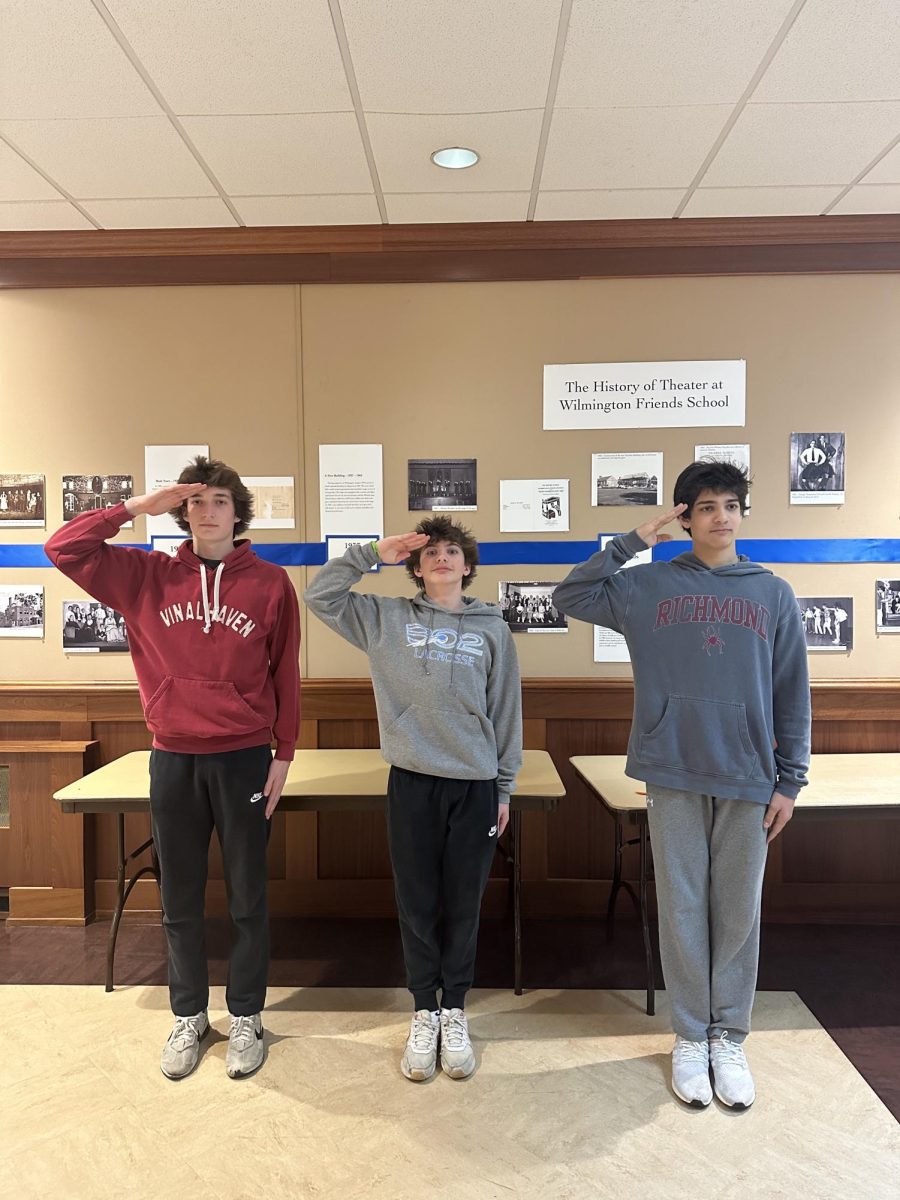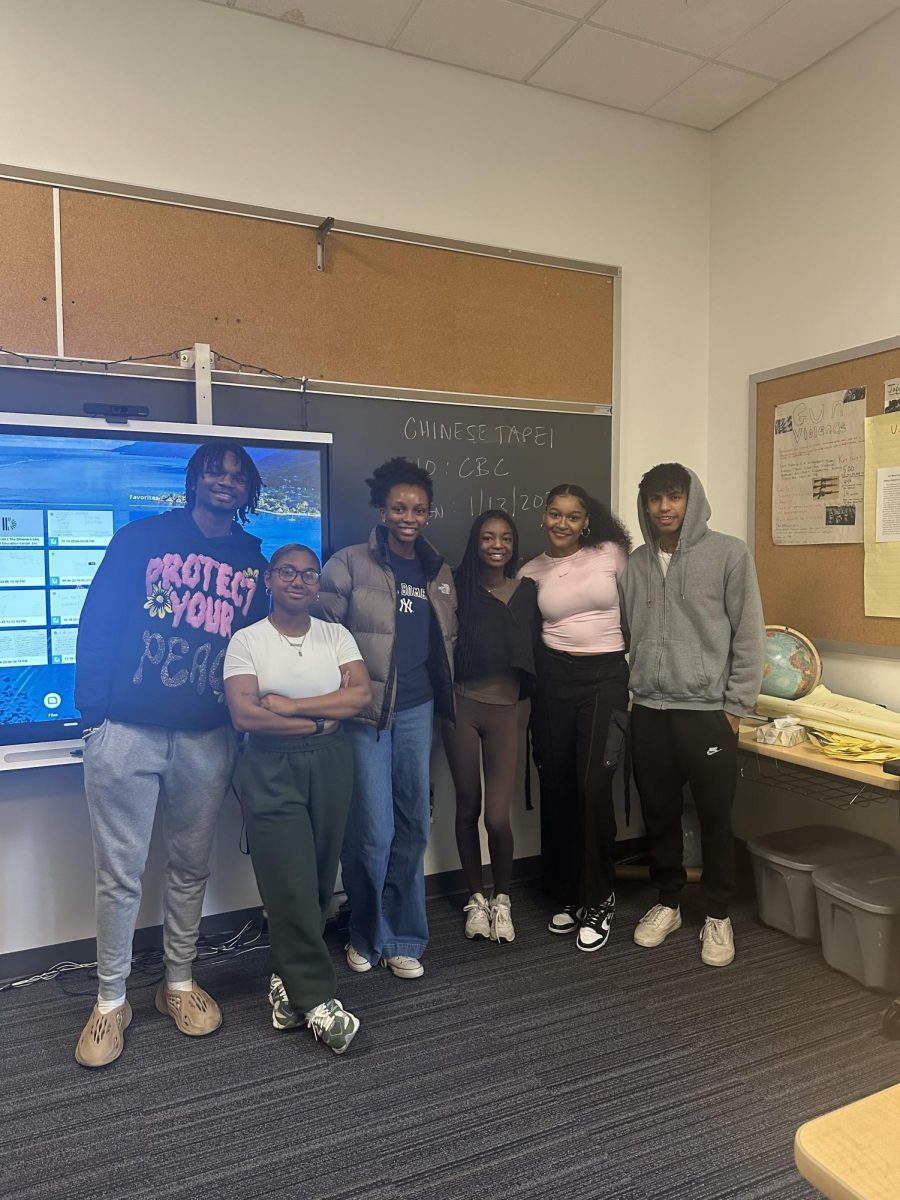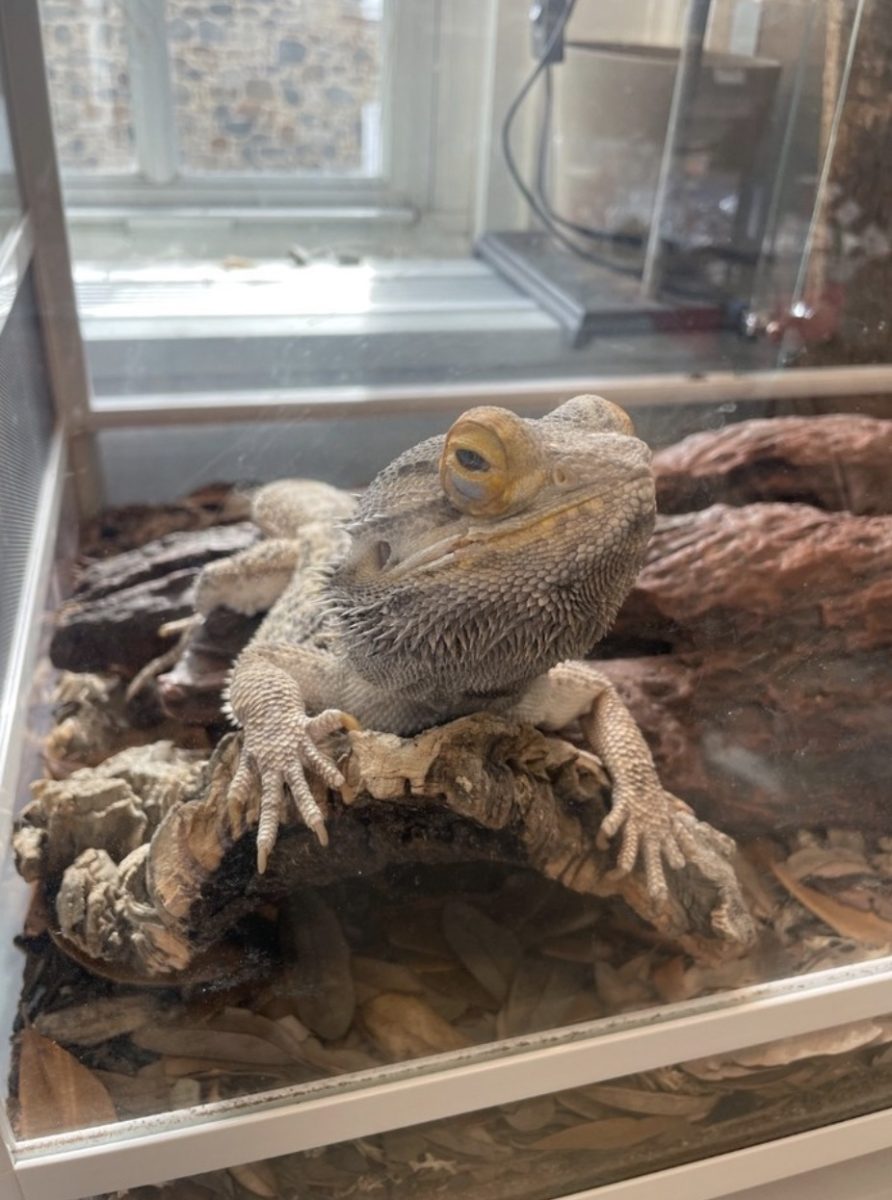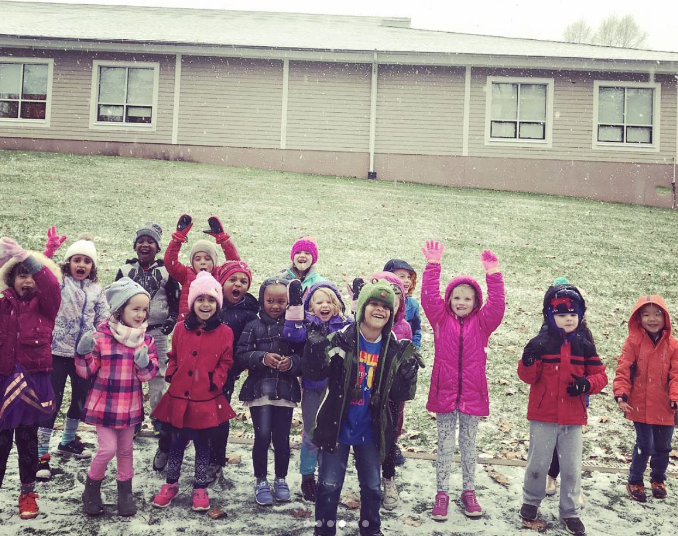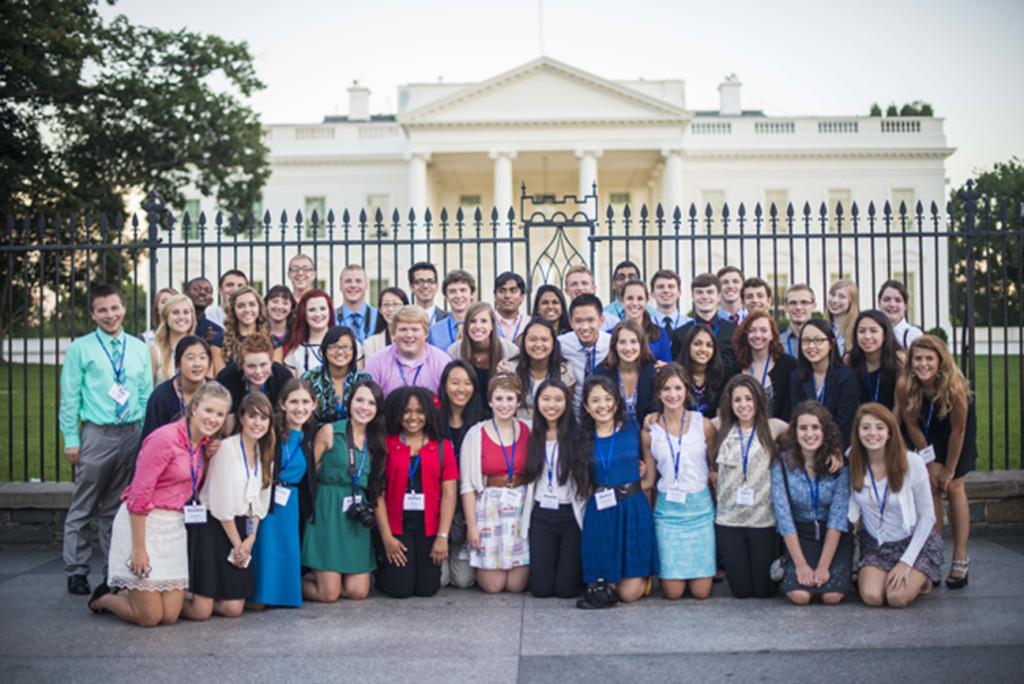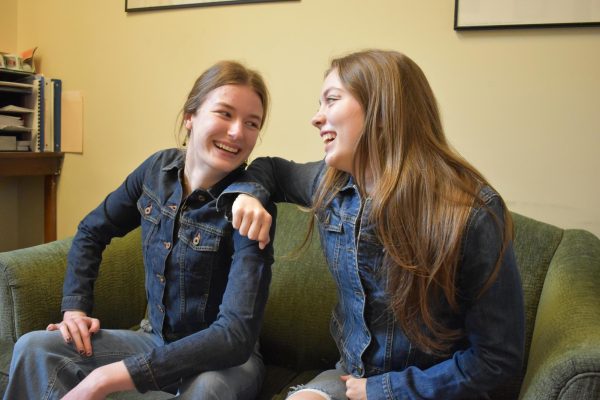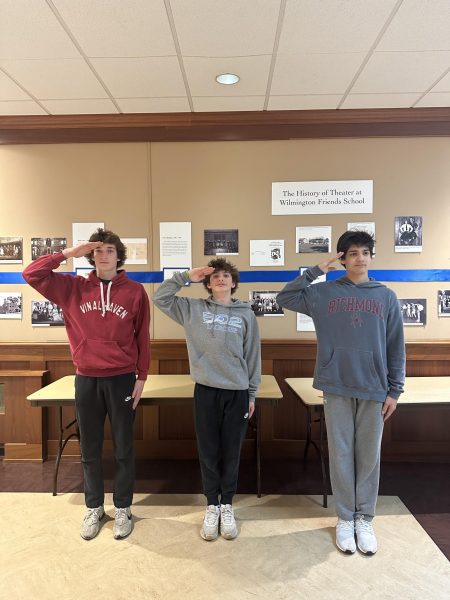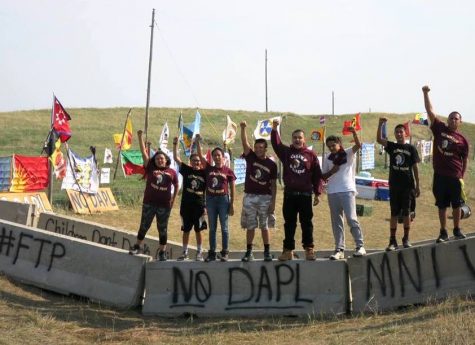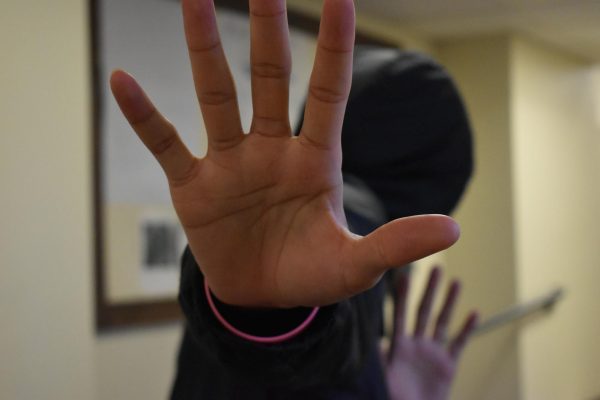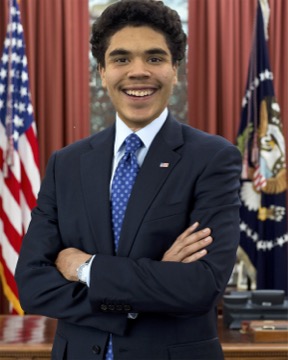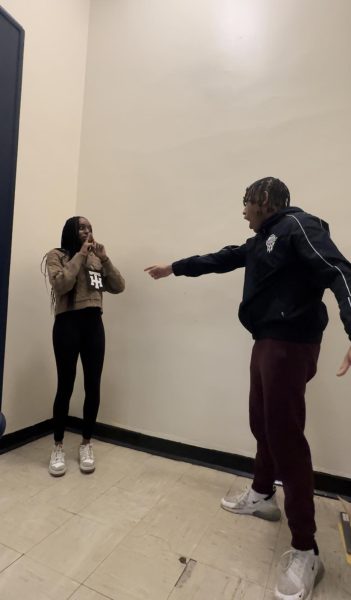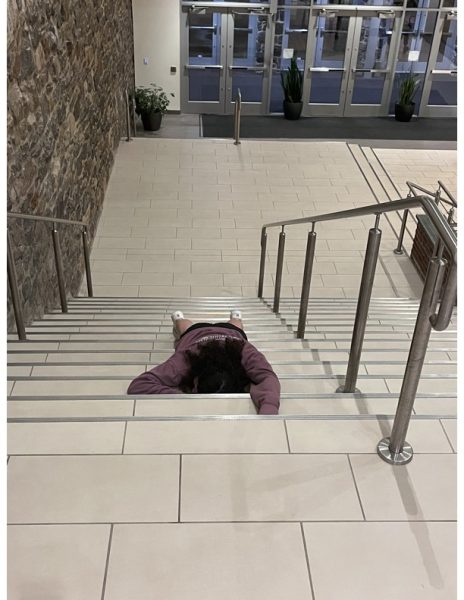On Al Neuharth, Free Spirits, and the Importance of Journalism
Homecoming 2013
The 2013 Free Spirits gather in front of the White House, in Washington, D.C.
This past summer, I had the opportunity to represent Delaware at the 2013 Al Neuharth Free Spirit and Journalism Conference at the Newseum in Washington D.C. I was one of 51 high school journalists in attendance, with one participant chosen from each state and the District of Columbia.
During this six-day conference, we were not treated like high school students; we were treated like young professionals, and received one rare opportunity after the next. We discussed the importance of mobile media, ethics in the industry, and First Amendment rights with the leading professionals in the field. We sat for a taping of Meet the Press with David Gregory at NBC Studios. We toured the newsroom at USA Today and talked with executive editor David Colton and editorial page editor Brian Gallagher. We also gained press-level access to the House and Senate press galleries at the U.S. Capitol.
Throughout the week, we listened and questioned journalists and free spirits like the fabulous Judy Woodruff from PBS Newshour, Ron Nessen, former Press Secretary to Gerald Ford, Freedom Rider Dr. Rip Patton, and civil rights activist John Seigenthaler, as well as young successful journalists like Pulitzer Prize winner Sarah Ganim from CNN. We discussed spaceflight with NASA astronaut Tom Marshburn, the most recent astronaut to perform a spacewalk and return to Earth.
The program this year was the first without Al Neuharth, founder of USA Today, the Newseum, and the Free Spirit program, as he passed away last April. However, Neuharth’s presence in the conference was still evident. It was wonderful to hear from Jan, AJ and Dani, Neuharth’s daughter and grandchildren, as well as some of Neuharth’s close friends and colleagues from the Freedom Forum and USA Today how his philosophy and work touched their lives. Neuharth championed the First Amendment rights and the concept of being a “free spirit.” Free Spirits, as Neuharth defined, are those who “dream, dare, and do.” They are anyone who takes innovative risks to accomplish “great things beyond his or her normal circumstances.”
Neuharth was a free spirit who created USA Today in 1982 after SoDak Sports, his first newspaper, failed. USA Today was criticized as being a “McPaper,” but Neuharth didn’t care. Neuharth maintained that the accessible visuals and content was what the American public needed. Neuharth addressed growing challenges to traditional print media by designing USA Today to look and read more like television. The paper went on to lead a revolution of newspaper media, adjusting with change instead of resisting it.
Today, journalism faces similar issues to those USA Today faced at its founding. The growth of digital media is challenging traditional journalism. As Susan Page, Washington Bureau Chief of USA Today, said, “The basic task of journalism is the same as 100 years ago. It is the delivery that’s different.” With a real 24/7 cycle, news is expected to break within the minute, not the hour.
This change brings new challenges. Twitter dominates as a new form of delivery, and a desire to be first often acts independently from a desire to be true. In the midst of chaos and confusion in events like the December 2012 Newtown shooting and the April 2013 Boston Marathon bombing, truth can often take a back seat to expediency, and source checking is done only in hindsight.
A related challenge to journalism is a lack of objectivity. Journalists traditionally pledge that facts must take precedence over opinions. However, as USA Today executive editor David Colton explained, “Unbiased journalism is seen as bland,” and consequently, outlets are having to rely more and more on opinions to cater to their respective audiences. According to a 2010 Gallup poll, only 25% of Americans have confidence and trust in news media. It is up to us to change that.
Journalism is not a job; it is a responsibility. I am heartened by the dedication of the professionals I met on this program, who understand the importance of journalism and the responsibilities that come with it. Journalists are individuals who will go to any length to bring the facts to the people, so that we, as the consumer, can then build our own opinions on a stable basis of truth. These men and women dedicate their careers and sometimes their lives to this cause. Journalism is not a risk-free profession. Whether in Syria, North Korea, or here in the United States, journalists take risks in order to shed light on injustice. As Ron Dreher, a columnist for the New York Post, said in a video in the Newseum’s 9/11 exhibit, “There are three kinds of people who run toward disaster, not away: cops, firemen, and reporters.”
I am further heartened by the dedication and passion of the fifty students I met on the program. Many of these individuals are running towards what is considered to be a difficult career, because they believe in the importance of journalism and take to heart Neuharth’s challenge to “dream, dare, and do.”
Journalism is not dead. As long as there are journalists and aspiring journalists dedicated to being first and right, to report on the facts and only the facts, and to work beyond political parties or nationalities, journalism will never die. Journalism will remain a powerful tool for change and progress and an accurate documentation of the current human experience.
Whatever path I end up taking, there are some ideas from this experience that I will always hold close. This program, fueled by Neuharth’s spirit and philosophy, taught me that if you believe in a thing, do it, but do it well. As Brian Gallagher told us at USA Today, “If Al was here, he would tell you this: life’s a game. It won’t always be fair– so play by your own rules.”

